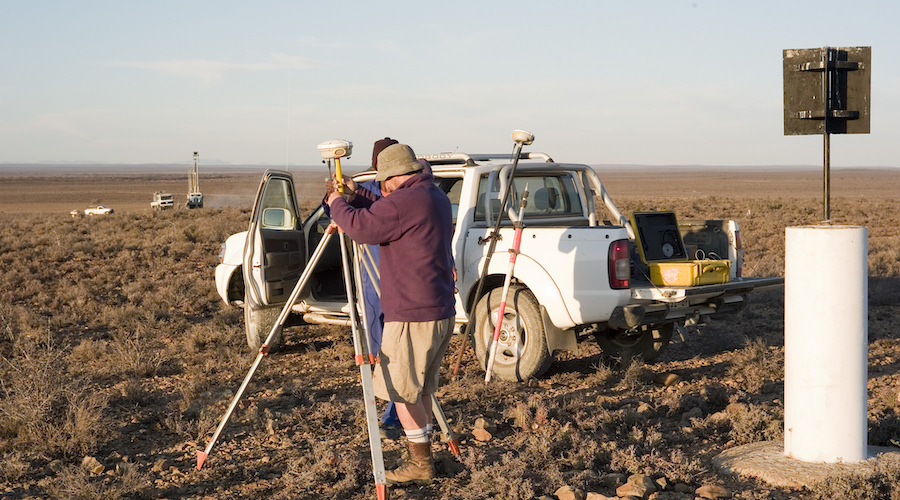
Researchers from The University of Western Australia, Université Laval and McGill University applied a first-of-its-kind technique that measures the long-term life cycle of sulphur, which helps explain the preferential location of high-value mineral deposits at the edges of ancient continents.
In a paper published in Nature Communications, the scientists explain how they charted the life cycle of sulphur over hundreds of millions of years, from its origins as a volcanic gas emitted into the primordial atmosphere and oceans, and all the way throughout its journey across the earth’s deep crust.
Sulphur is the primary molecule necessary to transport and concentrate precious metals such as gold and platinum. Most of the largest and richest deposits of precious metals are generally associated with large concentrations of sulphur-rich minerals.
“By understanding how and where sulphur is stored researchers can make predictions about the location of mineral deposits,” said Marco Fiorentini, from UWA’s School of Earth Sciences. “Just as a medical dye may be used to unveil the intricate pathways of the inner human body, we have developed a technique to illuminate the cryptic pathway of sulphur through the crust of our planet more than two billion years ago.”
In order to prove their experiment in the field, the research team built a strategic alliance to engage with several industry partners.
2 Comments
18wheel
Nice work.
jonboy3345
Where can I get more information on this technique?